The Sony A7 IV is now the most anticipated mirrorless camera of the year, but those waiting for a successor to the all-time classic A7 III may have to wait a little longer to see it.
It's now three-and-a-half years since the Sony A7 III landed and changed the game for full-frame cameras. Back then, Sony wasn't the camera giant it is today and the A7 III changed what we could expect from a $2,000 / £2,000 camera.
But despite still being a good buy, the A7 III is understandably lagging behind its newer rivals in certain areas like video frame-rates and its EVF. Which is why anticipation has been building all year for the expected arrival of the Sony A7 IV.
Like its predecessor, the Sony A7 IV is likely to be a camera that focuses on the quality of the images and videos it produces, leaving parts like the LCD screen with lower-end components in order to keep the price sensible. But we're also expecting to see significant upgrades across the board, including a new sensor.
Sadly, chip shortages continue to cast a shadow over most tech launches and it seems the A7 IV is no different, with its launch rumored to be pushed back until October. But that's not too long a wait, so in the meantime here's everything we know about the Sony A7 IV so far – plus our early thoughts on how it's shaping up next to rivals like the Canon EOS R6 and Nikon Z6 II.
Sony A7 IV release date and price
- Launch rumored to be delayed until October
- Rumors suggest a price tag of around $2,500 / £2,500 / AU$3,900
- This would put in the ballpark of rivals like the Canon EOS R6
The latest speculation from the pretty reliable Sony Alpha Rumors is that the Sony A7 IV launch has been pushed back from mid-September to late October.
As expected, this has been put down to the chip shortages that's have knee-capped most tech launches this year. Unfortunately, this could also effect availability, with Sony Alpha Rumors' source claiming that "supplies will be limited during the first few months". In other words, don't expect the Sony A7 IV to be widely available until early 2022.
This means the launch will likely come three-and-a-half years after the announcement of the Sony A7 III, which is a significant gap in mirrorless camera terms. But it also makes sense given the relatively recent arrival of the Sony A7C, Sony A1 and Sony FX3, all of which have a strong video focus.
Several commentators have predicted that the Sony A7 IV will have a body-only cost of around $2,500 (which will likely equate to around £2,500 / AU$3,900). This would be up from the A7 III's $2,000 price tag, but still in the ballpark of its closest rivals.
Price increases always cause a groan or two, but this one would be largely in line with what we see across Sony’s full-frame range. The Sony A7R IV launched for $3,500 / £3,500 / AU$5,699, which was $300 up from the a7R III, and we are edging towards two years since that step-up camera was announced.
This price also keeps Sony sensibly placed next to the competition. The Canon EOS R6 costs $2,499 / £2,499 / AU$4,499, and already has the 4K/60p video capture that we’re likely to see in the Sony A7 IV.
Sony A7 IV rumors and features we want to see
So far, there haven't been any major Sony A7 IV leaks, but the rumors from traditionally reliable sources have been growing in early 2021. Here's everything they've claimed so far about the A7 IV, plus our analysis on what's most likely to be under the rumored camera's hood.
Sensor
- Rumors suggest the Sony A7 IV will have a new 30-32MP sensor
The biggest Sony A7 IV rumors suggest that it will use a new sensor, one that's higher-resolution than the Sony A7 III’s.
Multiple sources have suggested this sensor will be the Sony IMX 554, with Sony publishing this sensor’s documentation back in 2019. If this is true, we already have a stack of information about the central piece of hardware in the Sony a7 IV.
It is, of course, a full-frame sensor, with an effective resolution of 30.65MP, and the read-out allows for up to 36.6 frames per second.
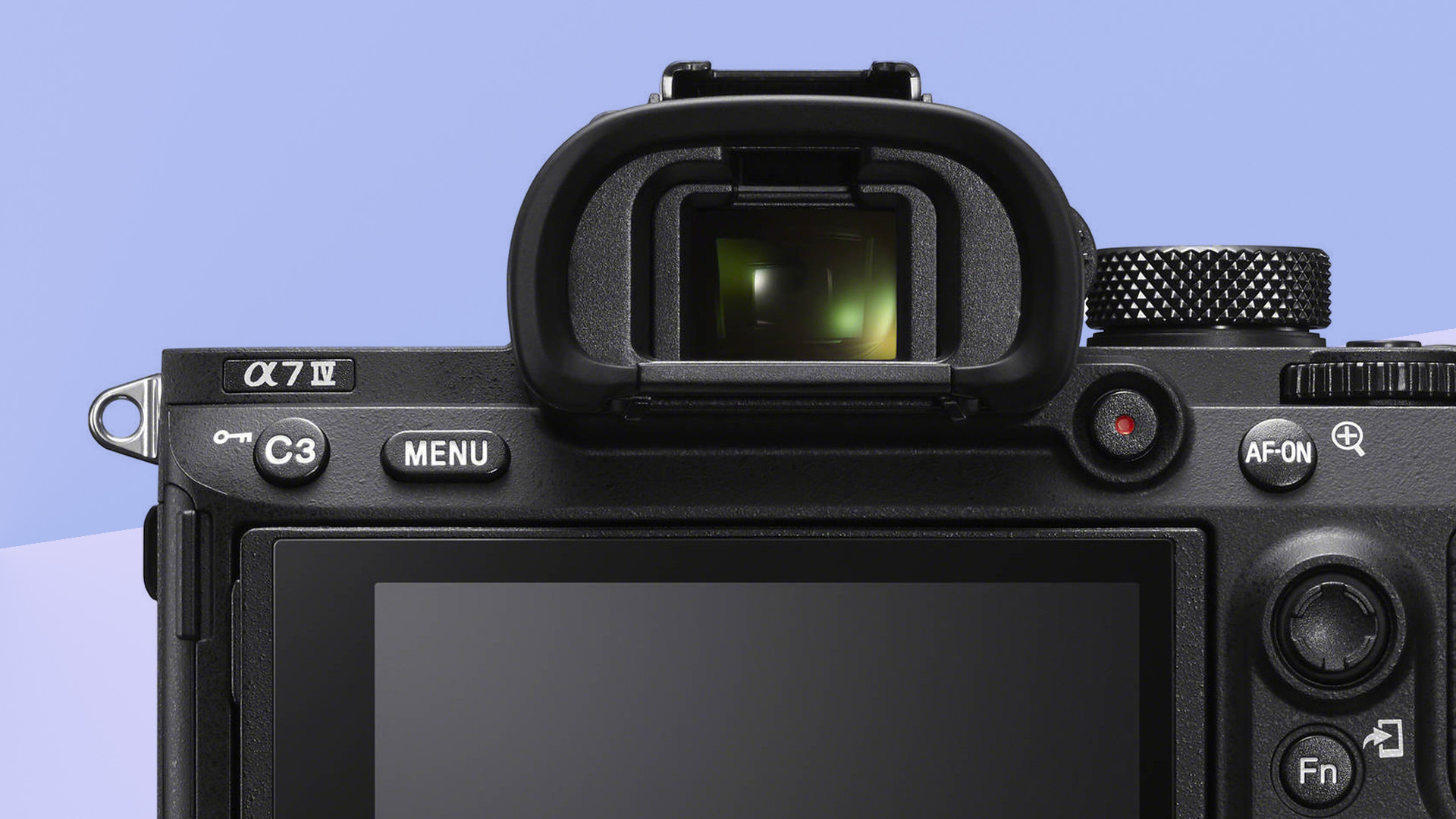
So does this mean that 36fps burst mode is all but confirmed? Not quite. A camera won’t necessarily get close to the theoretical limits of the sensor hardware, and this would beat the top-end 30fps Sony A1.
There’s plenty of scope for the Sony A7 IV to offer a great burst mode improvement at sub-30fps, though, as the Sony A7 III’s burst shooting power maxes out at just 10fps. We'll dig deeper into this later.
Viewfinder and screen
- Expected to have a 3.69-million dot electronic viewfinder
- Fully articulating screen is possible, but not yet rumored
- LCD will likely be "on the cheap side" to keep price down
The vanilla 'A' model is the most accessible camera line in Sony’s full-frame family. It doesn’t get every piece of new top-end tech, so the price can stay somewhat reasonable.
We’ll see this in action in the Sony A7 IV’s electronic viewfinder (EVF), just like in the previous generation. Sony Alpha Rumors says that a "very good source" has revealed that the camera will have a 3.69-million dot resolution electronic viewfinder. That’s below the lovely 5.76-million dot panel of the A7R IV, but is crucially still a bump up from the A7 III’s 2.3-million-dot EVF.
Want to talk pixels? The Alpha A7R IV's EVF has a 1600 x 1200 resolution, with the A7 III's resolution coming in at 1024 x 768. The rumored A7 IV, meanwhile, would be in between the two at 1280 x 960 pixels.
While there is a huge gulf in dot count, we’re actually looking at EVFs close in pixel count to the 4:3 aspect ratio equivalent of Full HD and what we used to call 'HD Ready' (720p).
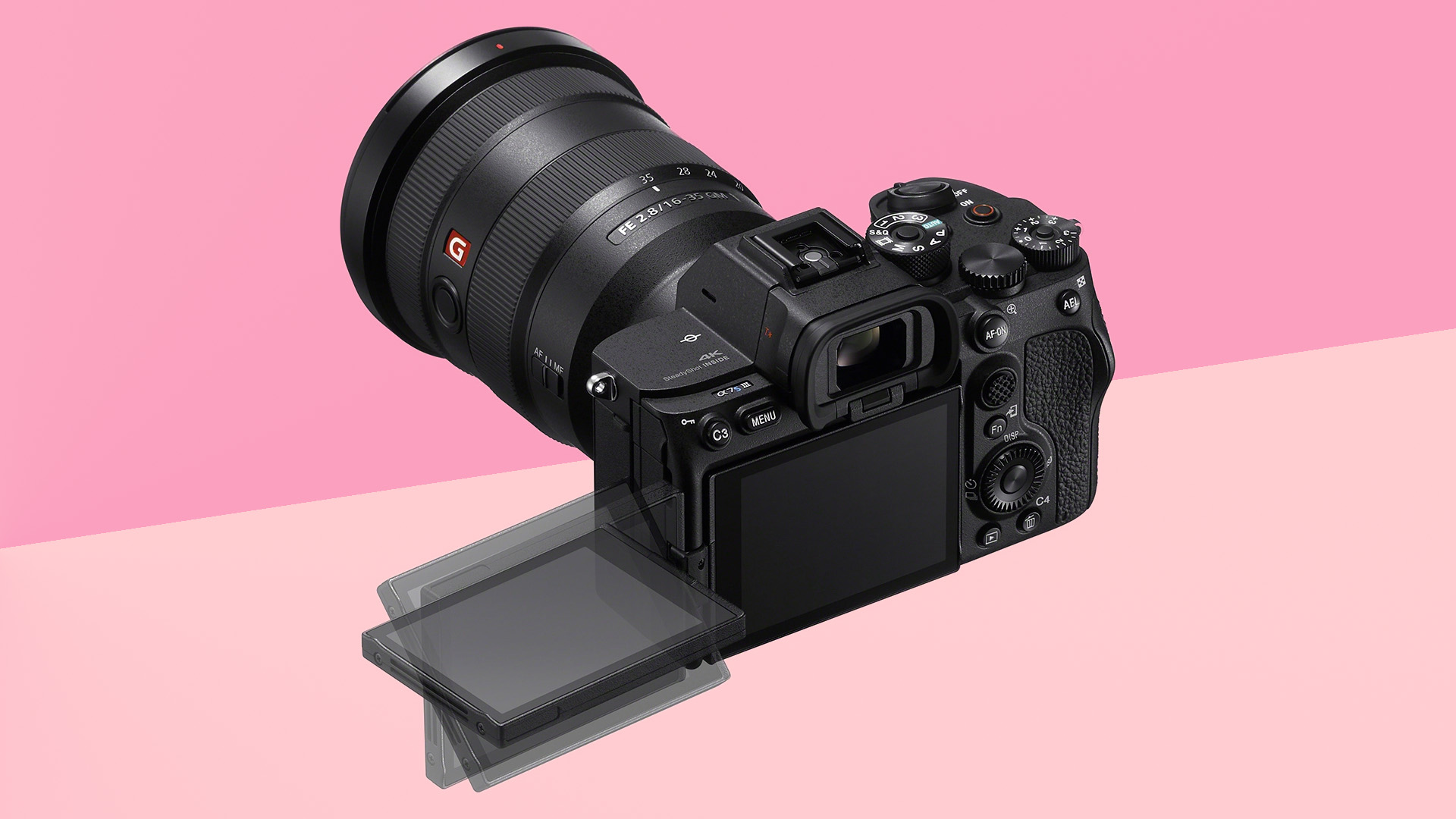
Sony Alpha Rumors also thinks “most probably the LCD will also be on the cheap side, but the image quality and AF will be top notch.”
This completes the picture of what the Sony A7 IV is actually about. You won’t get an incredibly advanced rear LCD or EVF, but the image quality and autofocus have at least a chance of being class-leading.
The A7 III has a simple, hinged LCD screen. It’s 3 inches across and has resolution of 921,000 dots (640 x 480 pixels).
If the A7 IV has the same display specs, though, we’ll be disappointed. The inch count can stay the same, but the Sony A7 IV could do with higher peak brightness for shooting on sunny days. And a step up to 1.4-million-dot (800 x 600) resolution.
The Sony A7 IV also begs for a more flexible display hinge. Sony’s pronounced EVF hump all-but rules out a 180-degree flip-up screen, so we’d need a fully articulated hinge system. But it would be a big benefit for YouTubers looking for a quality upgrade.
Some have suggested this will happen, but it seems at odds with the notion that the A7 IV won’t have a notable rear display.
Video
- Highly likely to shoot 4K/60p video, but not 4K/120p
One of the most likely Sony A7 IV features is pretty obvious – it will probably offer 4K video capture at 60 frames per second, lifting the 4K 30fps cap of 2018’s A7 III.
However, this introduces an awkward family dynamic. The Sony A7R IV is still stuck with maximum 4K/30p capture, and is a more expensive camera.
This can be explained away without ruining the Sony family’s Christmas, though. The high-res Sony A7R IV is predominantly a stills camera, while the A7 IV is out to cover all needs without providing the best Sony can do in every single area.
After all, the video-focused Sony A7S III can also shoot 4K at 120fps, which the A7 IV almost certainly won’t offer.
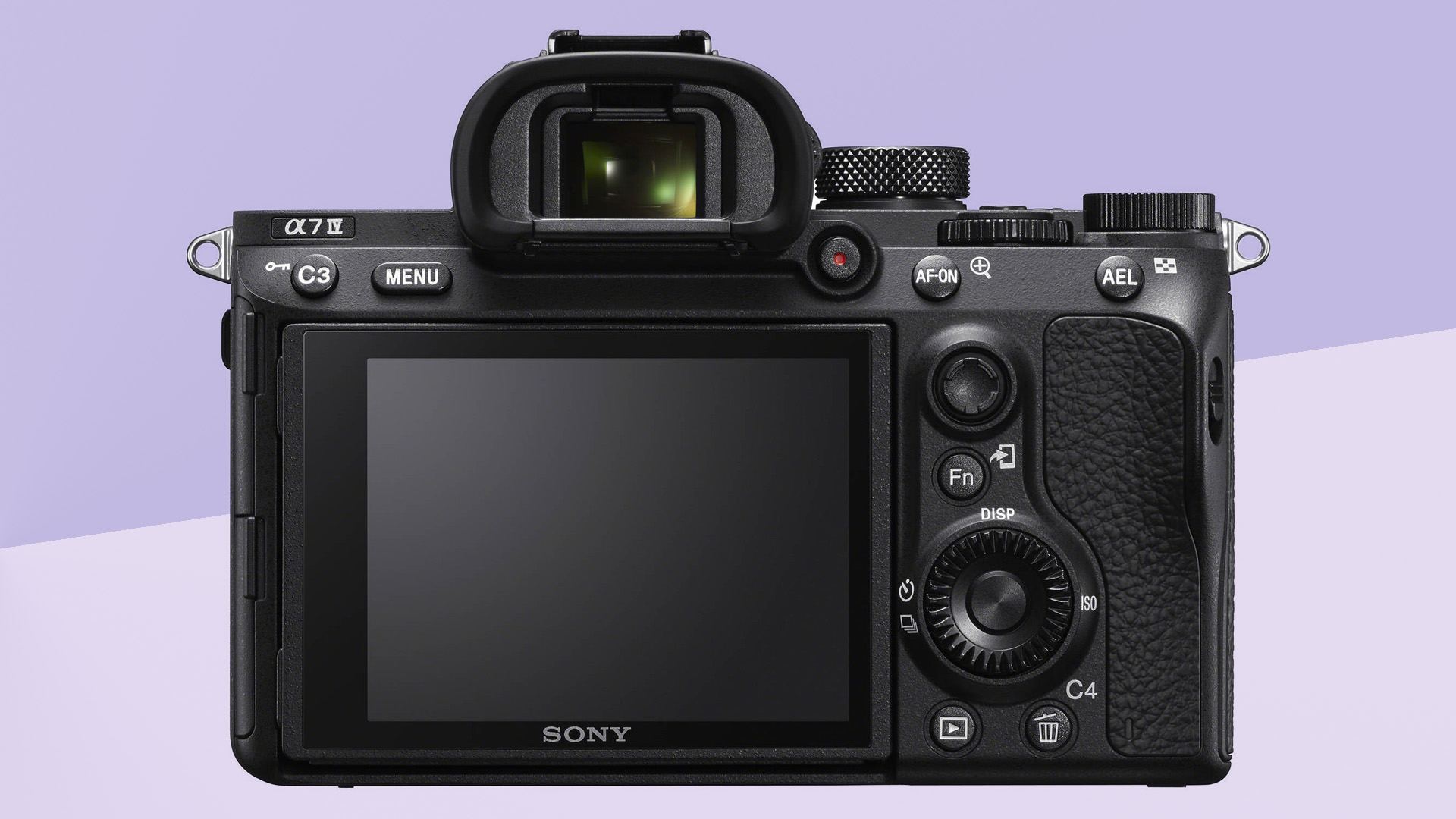
Autofocus
- May inherit the autofocus system seen on the Sony A7S III and A1
- A good chance that it'll get Bird Eye AF, seen on the Sony A1
We can’t yet make any solid, tech-informed conclusions about the Sony A7 IV’s autofocus specs. There hasn’t been a camera with its particular sensor yet, and AF points are linked to the sensor, because mirrorless cameras like this use on-sensor phase detect pixels.
The older A7 III has an impressive 693 phase-detect points, backed up by 425 contrast detect points, and it more-or-less inherited its autofocus system from the once-top-end Sony A9.
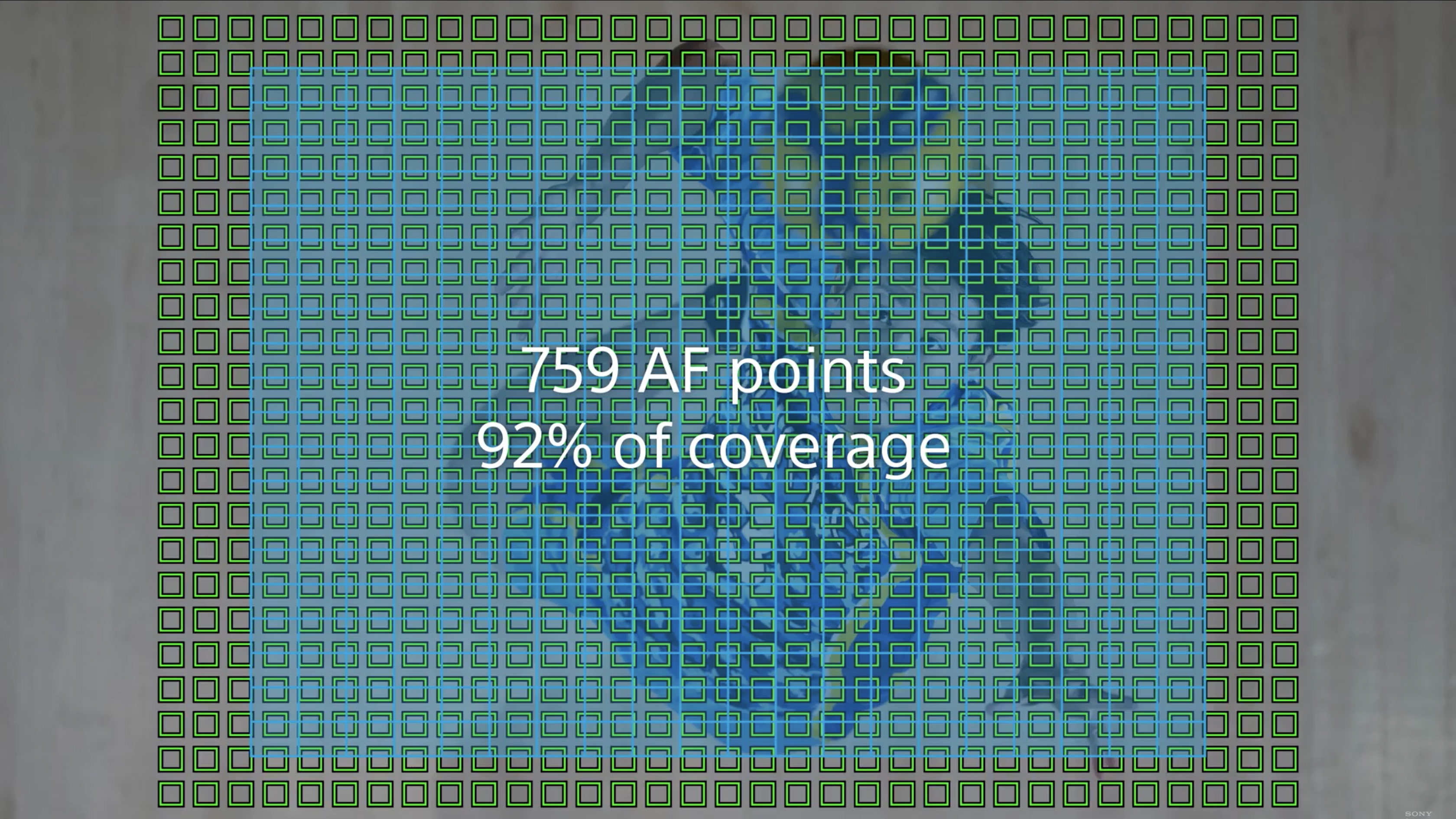
If we see the same happen again in the Sony A7 IV, it will likely have 759 phase points, once more supported by 425 contrast detect points to fill out frame coverage. These are the stats of the Sony A7S III and A1.
Once again, this would beat the A7R IV on paper, which has 567 phase detect points. However, in most cases the speed and reliability of Eye AF and subject-tracking are what tend to stand out in real-world testing.
The Sony A7 IV may also get some of the tweaks Sony made in the Sony A1. The latter gained 'bird tracking', which is very handy for nature photographers. Generalized animal tracking is already in place in the A7 III, so we can expect to see a (possibly refined) version of that on its successor.
Burst shooting
- No solid rumors on burst shooting or buffer size yet
- But could offer 15-18fps burst rates, based on the A7 III's read-out speeds
There are no solid rumors about the Sony A7 IV’s burst speed and buffer size yet. But we can make a few educated guesses based on some digging.
The Sony A7 III uses, we believe, the Sony IMX410 sensor. This has a max sensor read-out speed of 19.2fps at top quality 14-bit depth. Its actual burst speed taps out at around 10fps, half the sensor read-out rate (although burst shooting actually uses 12-bit depth).
As we mentioned earlier, the Sony A7 IV likely uses the Sony IMX 554 sensor, which has a read-out of 36.6fps at 14-bit depth. Divide that by two and we end up with around 18fps burst speed, which would seem a sensible and distinctly possible figure for this camera.
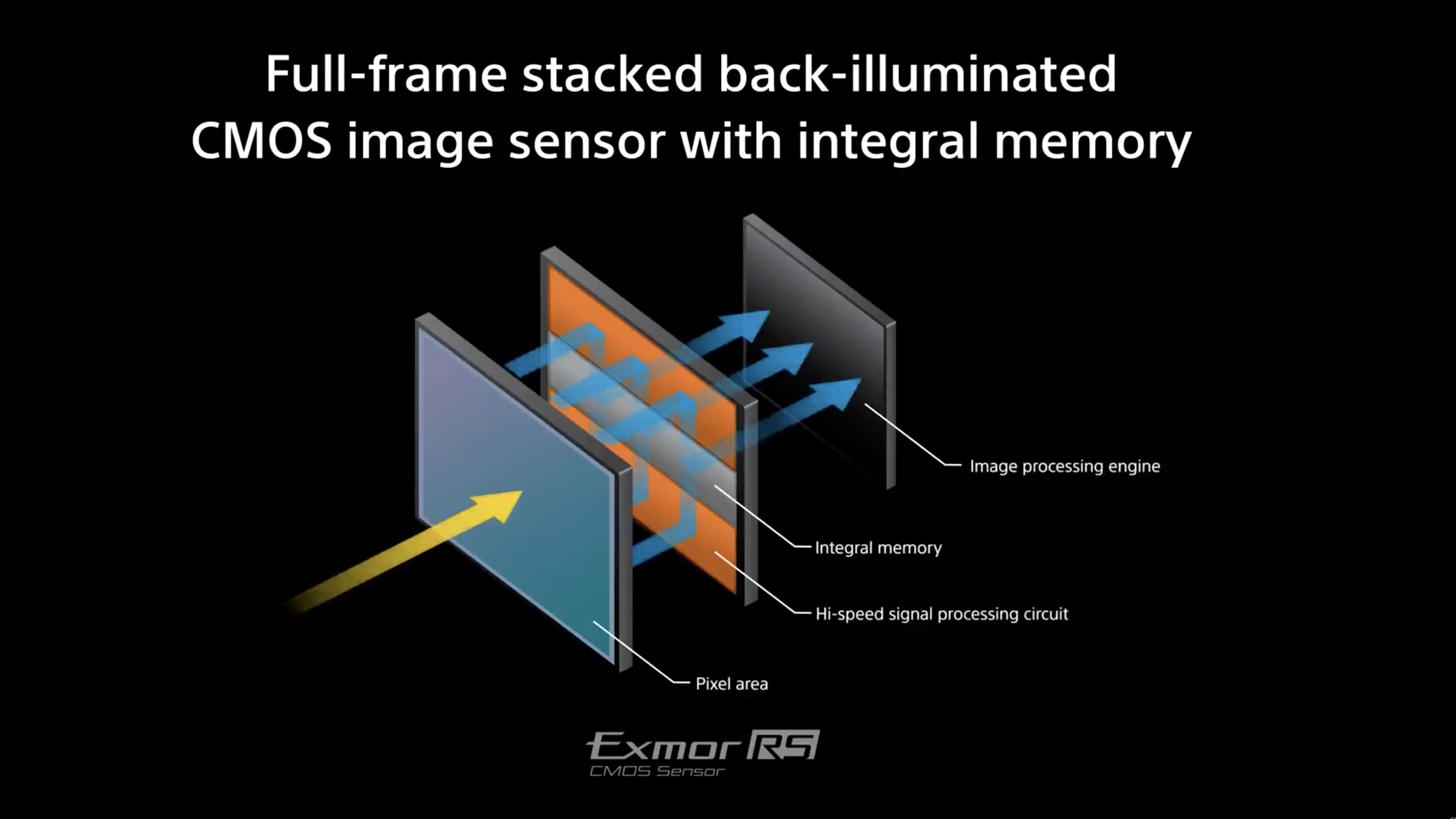
Of course, the camera also has to deal with the increased data of the higher resolution. And we would not be surprised if, like the A7 III, the A7 IV drops to 12-bit capture when shooting burst shots. However, burst shooting of 15-18fps still seems feasible given the camera will also have a newer processor than the A7 III.
Sony will also need to improve the camera’s buffer to get the same, or better, burst duration as the A7 III, though. The old model can shoot 163 JPEGs at highest quality, 89 raws or 40 uncompressed raws before its buffer fills up.
Sony made major improvements in burst shooting from the A7 II to the A7 III. You could shoot for around ten seconds when capturing JPEGs in the A7 II, or around 16 seconds in the Alpha A7 III.
To even reach the same level in the Alpha A7 IV we’d need a buffer that's able to hold 240 JPEGs, assuming our guess of minimum 15fps burst is vaguely on the money. However, expected changes like this explain why the Sony Alpha A7 IV is likely to be more expensive than its predecessor.
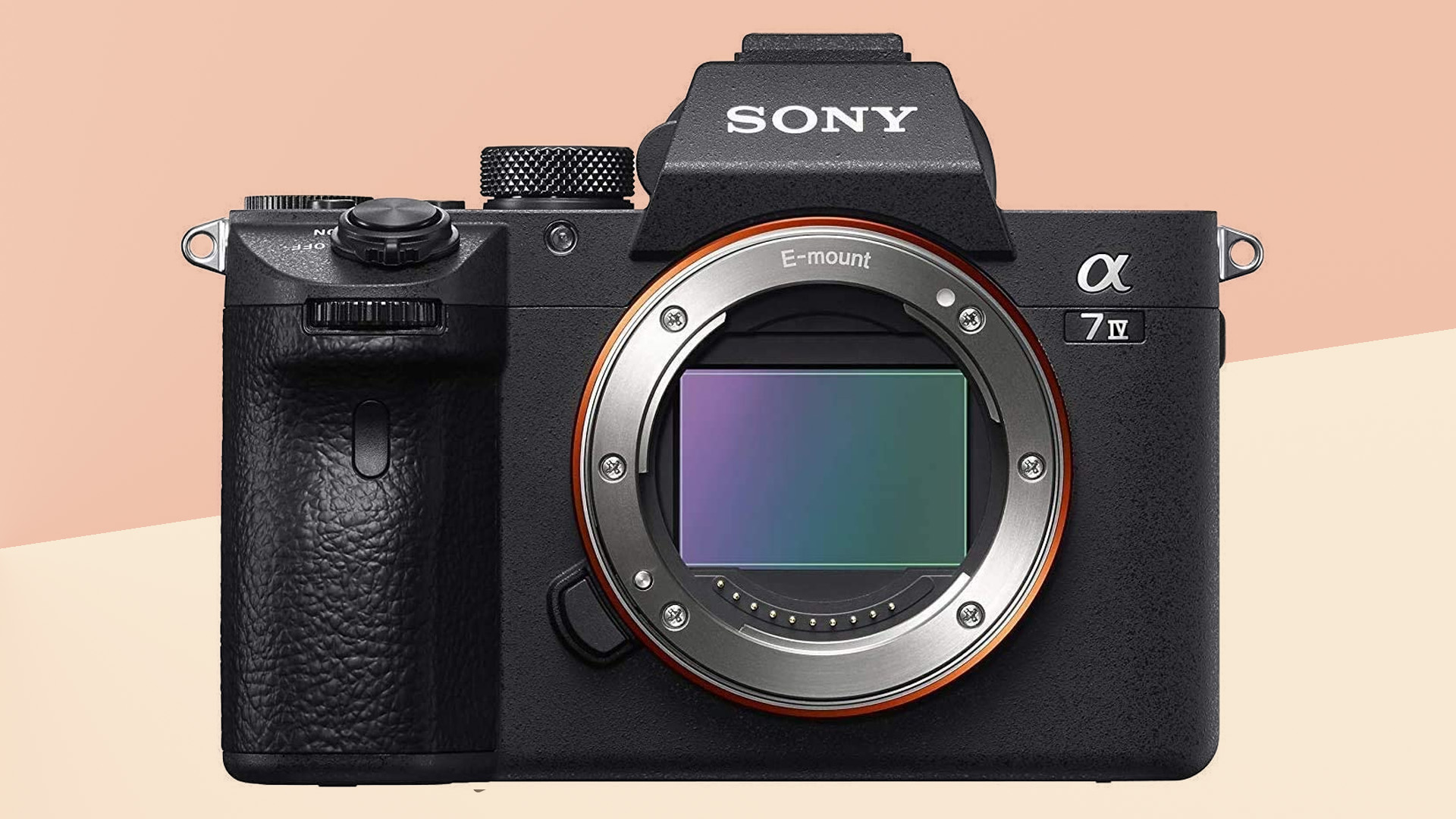
Sony A7 IV early thoughts
If the rumors so far are correct, the Sony A7 IV seems to be heading in the right direction. We'll likely get the same core video abilities as the Canon EOS R6, plus a higher-resolution sensor that should give it an edge for stills.
With the limited information we have so far, there are few better choices Sony could make that are realistic within the budget. Sure, a 9.44-million-dot EVF would be nice, but you are not going to get one at the A7 IV's expected price tag.
We’re keen to see confirmation on the Sony Alpha a7 IV’s display style, though. It may not be a deal-breaker for stills, but a fold-out screen could be a big boost for those who are just as interested in video capture. But we'll update this page with more rumors or official information as soon as it arrives.
- These are the best mirrorless cameras you can buy right now
from TechRadar - All the latest technology news https://ift.tt/3q6hn2o







No comments:
Post a Comment